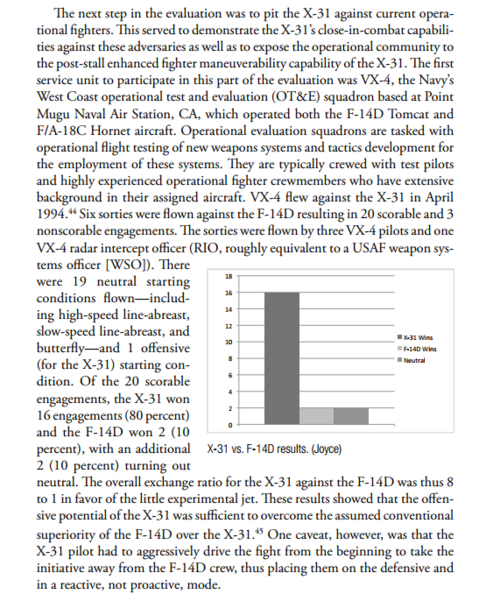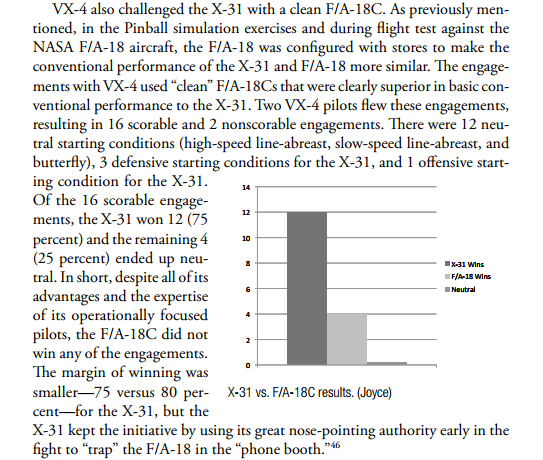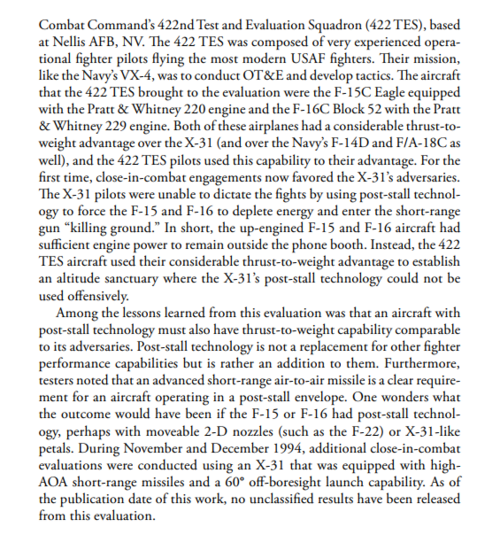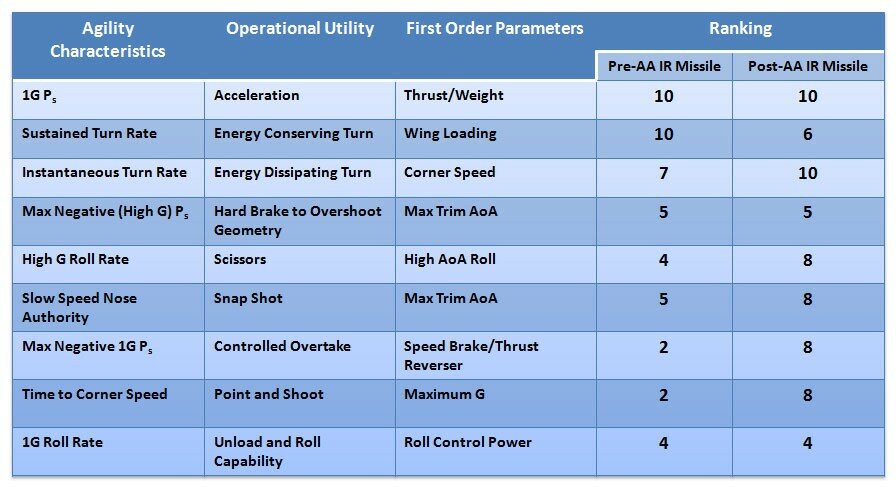This is a bit of a mess. If I get time, I'll refine it further in the future. I'll get to Part 2 this weekend.
Part 1) I'm going to try and answer your original question from more of an aircraft design/technology and doctrine perspective. But in a Cliff Notes sort of way.
The first thing to know is;
The mission defines the aircraft.
You figure out what mission you need to fly, based on what the end goal is, and apply or develop the needed technology to accomplish the mission. Of course, those two don't always mesh, so the mission goals do have to be redesigned to meet the available technology at times. As with everything in aircraft design, it's always a trade off. There are cases where aircraft are used for missions they weren't designed for because sometimes existing aircraft designs come close enough to meeting the stated requirements, or it's all you have at the moment to perform the mission.
As I'm sure you're well aware, aircraft were first used regularly by all the nations engaged in war in aerial combat in WW1. They were first used for observation/reconnaissance. As the pilots from either side encountered each other they started using their pistols to try and shoot the other pilot. As a result, to deny the opposing forces the ability to report on them, they began developing aircraft with guns mounted to them, both flexible (aim-able) and fixed. As a result, they learned about the various advantages and dis-advantages of relative maneuverability and through trial and error (Blood and lost lives) developed the basic tactical doctrine of aerial combat, mainly be the Germans, in the development of basic fighter tactics such as Dicta Boelcke by Oswald Boelcke, which state;
1. Try to secure advantages before attacking. If possible, keep the sun behind you.
2. Always carry through an attack when you have started it.
3. Fire only at close range, and only when your opponent is properly in your sights.
4. Always keep your eye on your opponent, and never let yourself be deceived by ruses.
5. In any form of attack it is essential to assail your enemy from behind.
6. If your opponent dives on you, do not try to evade his onslaught, but fly to meet it.
7. When over the enemy's lines never forget your own line of retreat.
8. For the squadron: Attack on principle in groups of four or six. When the fight breaks up into a series of single combats, take care that several do not go for the same opponent.
As such, the main drivers of aerial combat advantages at the time were speed, altitude, the ability to out maneuver the opponent and secure a favorable firing position. However, one of the most important lessons learned and is still one of the driving factors of aerial combat is "First look, first kill." The pilot that sees the enemy first has the advantage. IIRC, most aerial kills were the result of surprise, the other pilot never saw their attacker coming. It's a low percentage of kills that were the result of dog fighting.
So aerial combat was becoming more about controlling the sky by shooting down enemy aircraft attacking your forces and using your fighters to provide cover for the ground forces. As the interwar years went on, technology advanced rapidly and aircraft were getting faster and stronger. Also, tactics were changing. There was a new idea to use large aircraft to drop bombs on opposing forces, the advent of the bomber, and the development of more advanced tactics, such as the finger four formation. The latter of which was finely honed by the early Luftwaffe over the skies of Spain in the late thirties and is still one of the basic formations used to this day.
The doctrines of many air forces were tested in the crucible of WW2 and those who didn't adapt didn't fare very well. Japan and Italy had good aircraft at the beginning of the war, but infighting and constantly changing requirements lead them down many paths without anything better to replace their early war types and/or limited resources preventing them from developing follow on aircraft that could compete with the aircraft developed by the allies. Also, they had to contend with large bombers, which lead them to having to develop aircraft with heavy armament to bring them down and also forced the allies to change their doctrines when they realized the bombers couldn't protect themselves and needed to be escorted. Or they had to bomb at night. This was a good example of how advancing technology and changing mission doctrine changed the face of warfare. The change to night warfare and the advent of RADAR technology being a perfect example.
The thirties and early forties lead to rapid development of propulsion, armament, structures, and aerodynamics. There was even some advanced stability and control development in the form of flying wings and from the agility standpoint, the Curtiss XP-55. The ideas behind the latter didn't really workout until the advent of the F-16 and RSS control systems through the use of FBW technology.
Now, while I always harp on the "mission defines the airplane, not the other way around," one of the greatest fighters of all time, IMHO, was more the result of circumstance, than anything truly defined by the nation that ended up using it the most. That would be the P-51. It was designed for the British. They were looking for aircraft companies in the U.S. to build P-40s for them, but when they asked North American to build P-40s for them, they said, "no." However, they did say they would design a new fighter for them. The result was the NA-73X. The first aircraft, to the best of my knowledge, designed that was completely mathematically defined using advanced conic sections/lofting. It has a laminar flow airfoil, which allows it to go fast while being thick to could carry a lot of fuel internally. The U.S. didn't want it, because they had the P-47 and the P-38 and they were leery of a plane designed by the son of German emigres. But the British persisted and got it into limited production and they figured it would have even better performance with a Merlin engine. So, the British began converting one to use a Merlin, but North American heard about it and began designing a version in house to take the Merlin. The N.A. version was much better looking and performing. Once the pilots who had flown it finally convinced the USAAC it was the plane they needed to escort their bombers during their entire missions. The rest sctually is history.
Also, it should be noted that with regard to doctrine, the U.S. had developed high altitude fighters for escorting bombers. This allowed them to compete with Germans in that regard and gave them an advantage over the Japanese who lacked that capability for most of the war. Also, the P-51s speed conferred an advantage that is also a cornerstone of fighter combat; who ever has the speed, controls the fight. If you have the faster aircraft, you have the ability to choose to engage or disengage the fight. Neither of those are options for the slower aircraft.
Also, regarding aircraft design/technology and doctrine, the P-39 is a very good example of how the two are intertwined. The USAAC didn't like the P-39 because it could stall/spin at higher alpha (tight turns) with little to no warning, it didn't have much range due to it's engine location, and it didn't have turbo-superchargers, because those were reserved for the aircraft with higher performance. As a result, the P-39 was limited to low altitude, short range, combat. However, the Russians loved them because their doctrine dictated that the purpose of the air force wasn't so much to control the skies as it was to support the ground forces. So the battles on the Eastern Front were largely at low to medium altitudes. They also liked the P-39s maneuverability. They didn't like it's U.S. cannon, because it frequently jammed up, so it was replaced by a Russian 20mm IIRC?
Of course, sometimes doctrine and technology diverge due to unforeseen circumstances. One of the most advanced weapons systems developed during WW2 was the B-29. It was designed to bomb from very high altitudes while the crew sat in relative comfort in a pressurized fuselage, while carrying a large bomb load a very long distance and used turrets that had lead computing computers to aim their turrets. It was a wonder of technology that was largely negated by winds aloft over Japan. The trade winds are so strong over Japan and in varying directions at different altitudes that the B-29s couldn't hit their targets from high altitude over Japan. So instead of flying above most of the threats, they ended up at 10,000 feet scrapping with everything Japan could throw at them.
Lastly, one of the most important developments of WW2 wasn't just jet engines; it was guided weapons. The Germans were working on A2G weapons like the Frtiz-X, while the U.S. had the Northrop BAT and the Azon. Also the German work on their early A2A rockets and of course, the V-1 and V-2. And lastly, the development of Atomic weapons, which would change the face of warfare forever.




